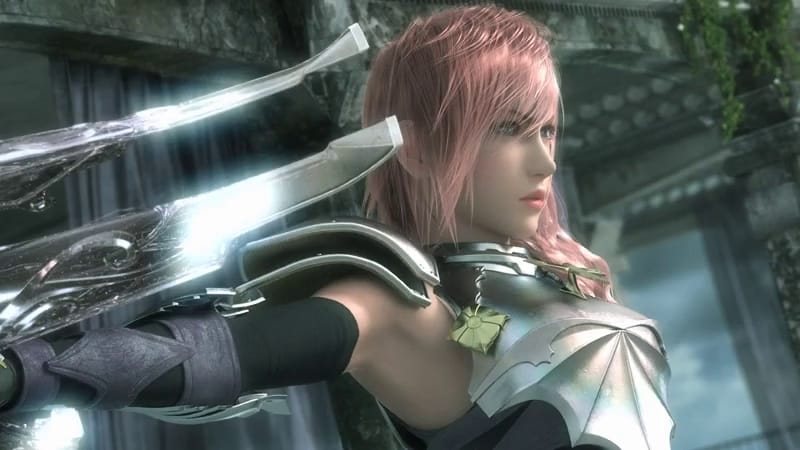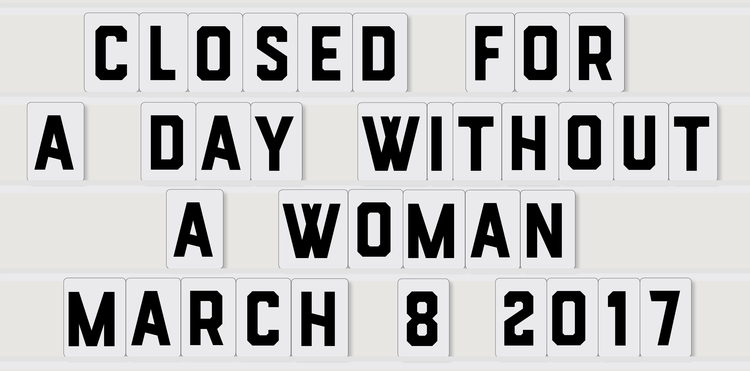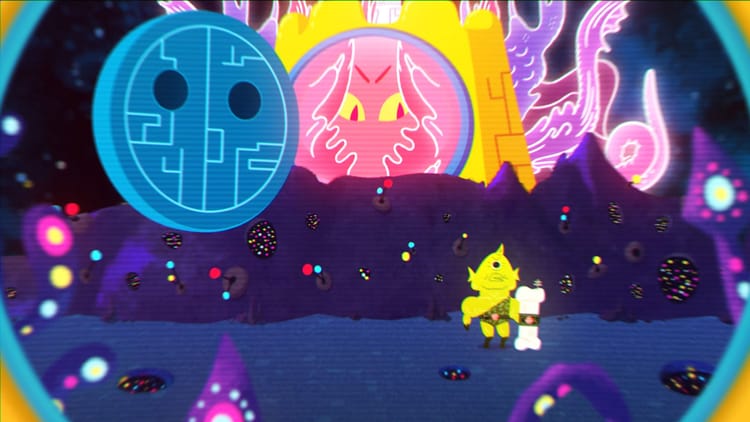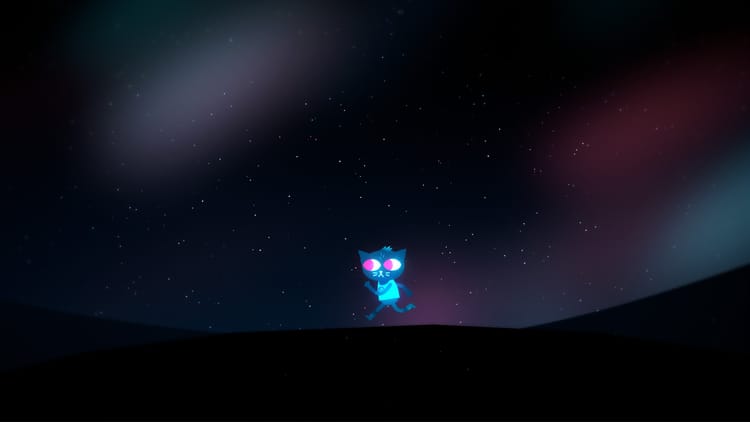Final Fantasy XIII-2: A chat with Square Enix’s Motomu Toriyama

The Final Fantasy series is at a crossroads: After the poor reception of the MMORPG Final Fantasy XIV, developer Square Enix chose to revisit the sporadically stunning but ultimately flawed Final Fantasy XIII, releasing a direct sequel to that game rather than introduce an entirely new installment to the series. Final Fantasy XIII-2 finds Serah, younger sister of fallen hero Lightning, on a quest to find her missing sibling through resolving holes in the space-time continuum. Unlike its highly linear predecessor, Final Fantasy XIII-2 offers players the ability to determine their own fate through a “Choose Your Own Adventure”-style story, featuring multiple storylines determined by player choice and through interactions with the various worlds and game environments.
Through a translator, we spoke with Square Enix’s Motomu Toriyama, current Game Director of the Final Fantasy series, about the decision to make a sequel to Final Fantasy XIII, his first impressions of Las Vegas, and the famous ending of Final Fantasy VII.
What led to the decision to follow up Final Fantasy XIII with a direct sequel as opposed to another installment in the franchise?
Motomu Toriyama: It took five years to develop Final Fantasy XIII, and after that time spent creating the characters, the world, the environments and getting the game into the hands of over six million players worldwide, we wanted to take that world and explore it even further. The characters of the world and that environment had been laid down for Final Fantasy XIII, and that made the development cycle for XIII-2 a little bit shorter. It is getting released about two years after XIII, but development time in reality was actually only about a year. It was a lot faster for the dev team to re-explore everything they created for XIII and make a new game out of it, and they wanted to re-explore that world and those characters.
Final Fantasy XIII was fairly linear as opposed to a game such as Skyrim, which had a much more open world. Is that going to change with XIII-2?
The biggest negative feedback we received from XIII was that people felt it was in fact a bit too linear in the way the game carried out, so for XIII-2 the biggest goal we had was to address those negative concerns. The players now explore the game through what’s called the Historia Crux, and that’s specifically the gateway to exploring different worlds and various locations through different times. It’s open in the sense that players are jumping from world to world depending on the different actions they choose in different locations. Think of Chrono Trigger-it’s similar to that. On a side note, I personally loved Skyrim (laughs).
Is there something about time travel that philosophically interests you?
The time traveling features were the first for a Final Fantasy title, and the biggest reason that we added time travel was that at the end of XIII, Lightning and the other characters had managed to save the world, but it had resulted in the destruction of their habitat called Cocoon. With XIII-2 leading towards the characters rebuilding their homes, we wanted to find a way to explore that through almost a history book. By making time travel a big feature in the game, the play style becomes more player-driven-the decisions that the player makes in the world determines where they go next and what happens next.
What inspires you?
When I was a child, the Nintendo Famicom was the most fun form of entertainment. The RPG that stood out to me was the Dragon Quest series. I remember my friends and I lining up to buy the new releases and play them all night, and I guess that’s what led to me thinking me I wanted to be a part of that culture and contribute to it.
I want to give players the feeling that they’re traveling through different worlds and different cultures. For example, this is my first time in Las Vegas. Just looking at the city, I think I could take these experiences and have them reflect in the next title I work on.
You worked on Final Fantasy VII. The famous ending scene, where Aerith dies-there are so many people for whom that’s such an emotional moment. Did you know that scene was going to be so iconic?
I definitely understand that feeling. There wasn’t one inspiration for creating that scene-we realized that Aerith represented a living aspect of the world, and the antagonist Sephiroth is looking to destroy that world, so he had his motivations for killing her. Beyond that, Aerith was a part of the player. We wanted players to experience that moment where they realize they just lost her as part of the experience and as someone they’ve been playing and exploring with. The motivation was to instill a sense of emotion and loss.
What element of Final Fantasy XIII-2 are you most proud of?
I am most proud of the addition of player choice-not just in travelling through different worlds, but on top of that we’ve added the ability to add monsters to your parties. We wanted to create limitless options. It’s more of a player-driven game now.
– Drew Millard
EndFragment



